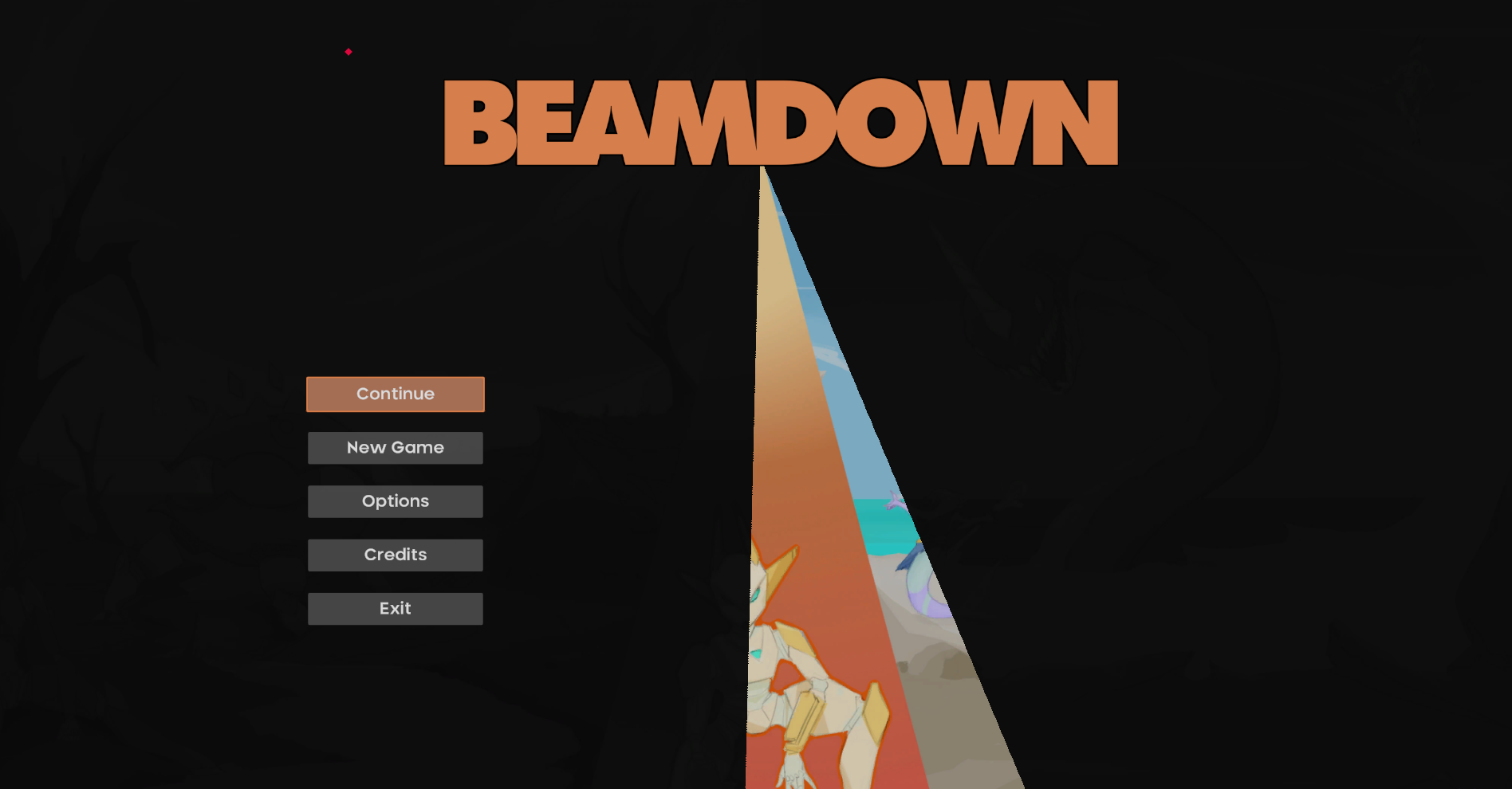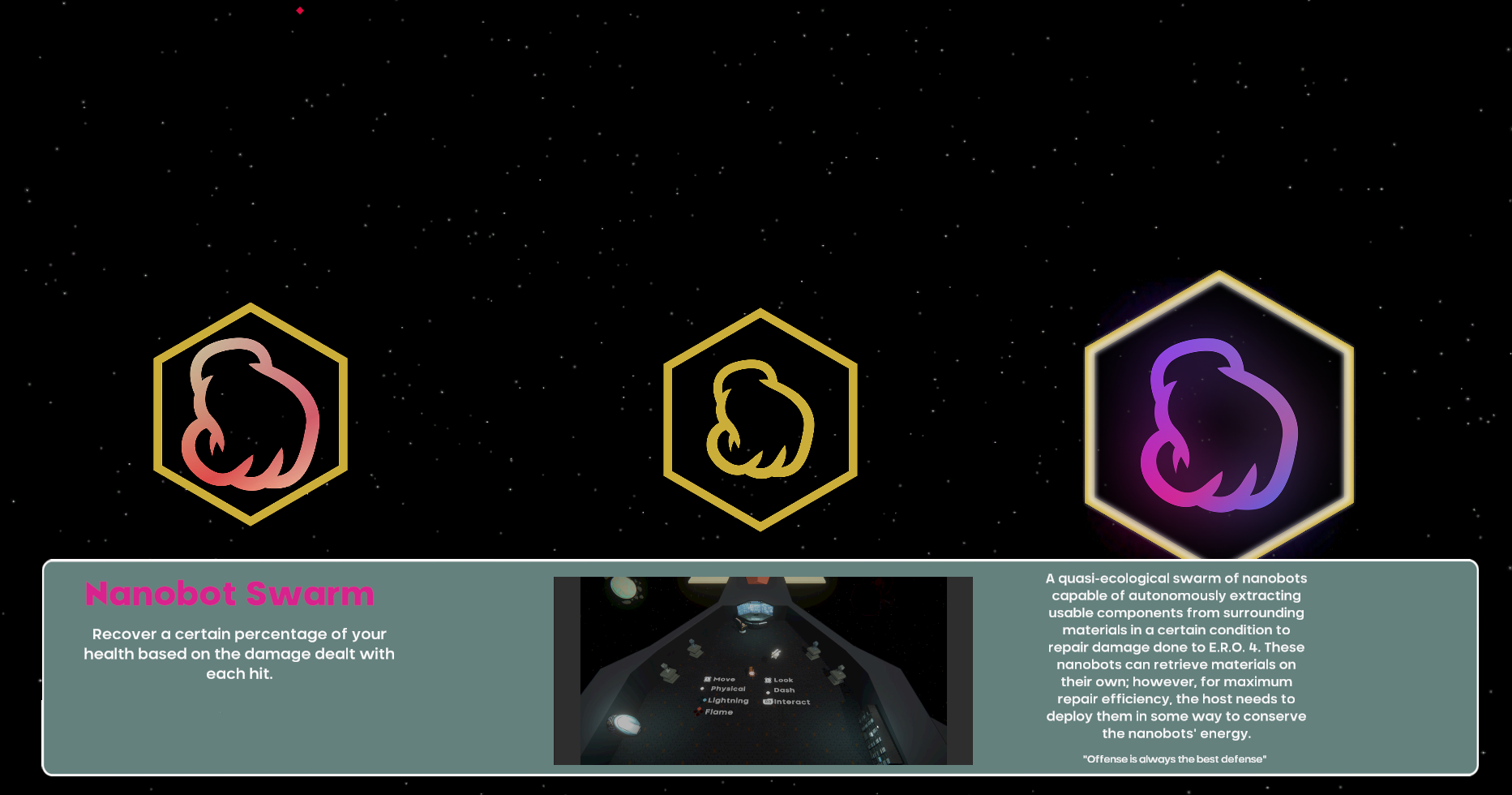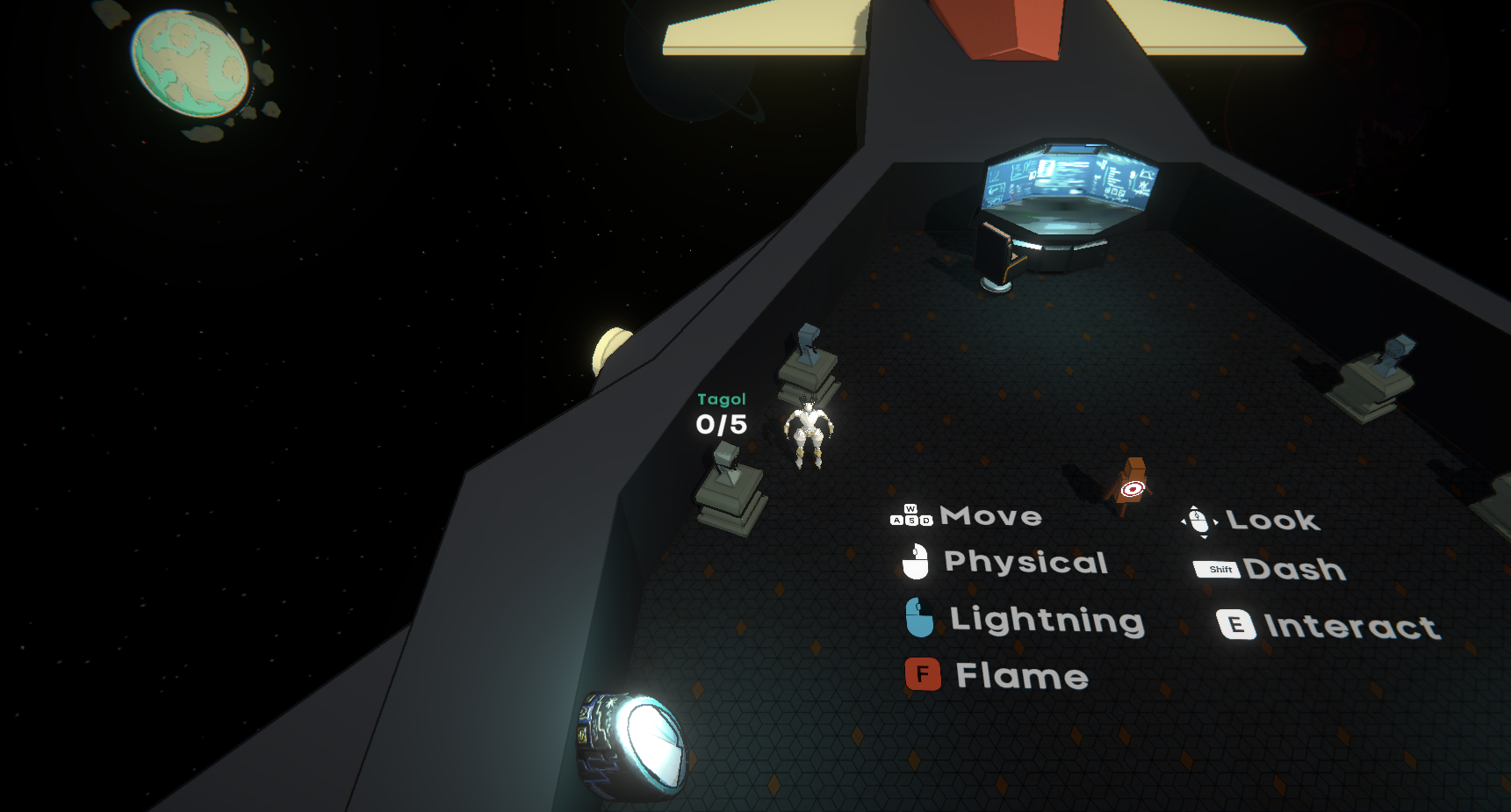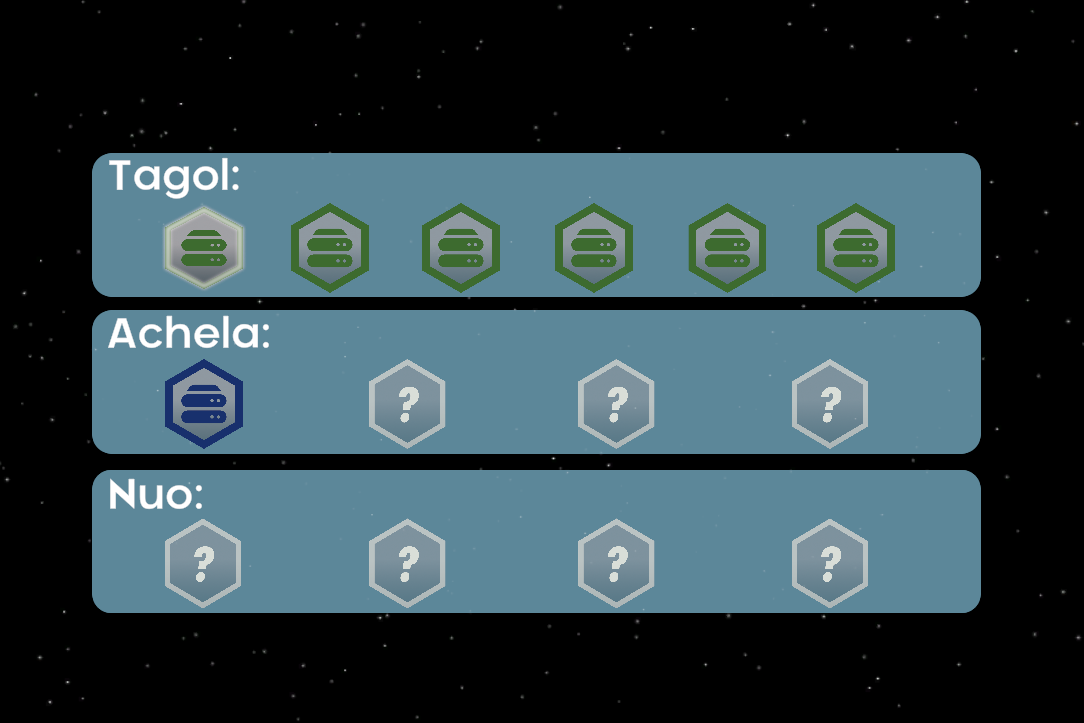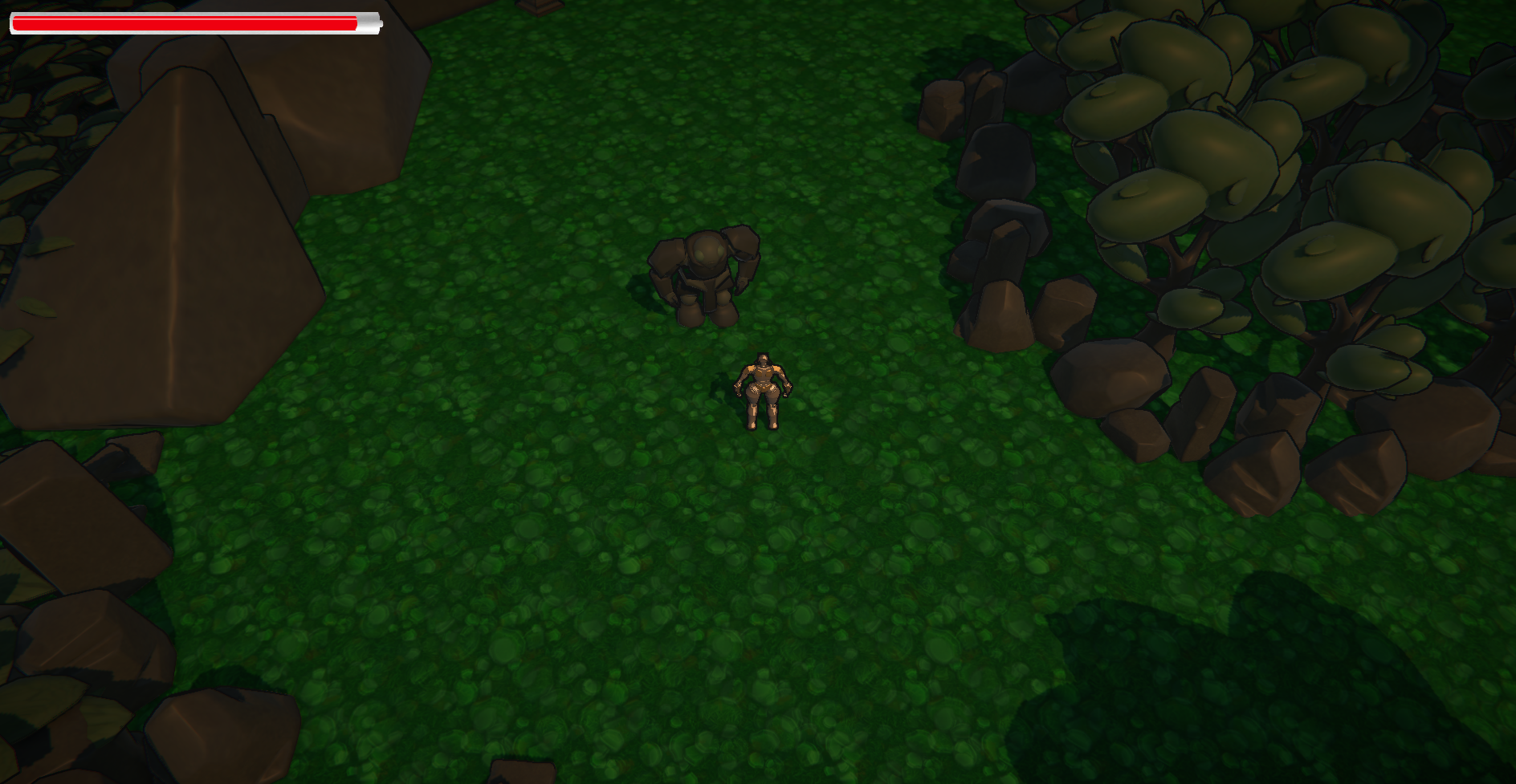Beamdown
A 3D Isometric hack&slash action game where E.R.O. 4 beams down from his ship to research planets and battle the inhabitants.
Key Info
Engine
Unity
Role
Gameplay Lead, Combat Designer, Systems Designer
Team Size
30
Production Time
9 Months
Gameplay Video
Game Design
Design Goals
Goal #1: Create a short, extremely high quality player experience.
Goal #2: Craft satisfying combat/mechanics that feel good and are on par with commercial games.
Core Game Loop
Gameplay/Combat Design
Character, Camera, Controls
Character & Mechanics
I worked with various teams to nail down not only what our character would look like, but also what types of attack he would have. Early on I proposed creating visually clarity between attacks. I did a first iteration of how the player mechanics would need to function so that we could begin prototyping. I also organized all of the player actions into a spreadsheet so that we could prioritize them and adjust them as needed. I also the overarching mechanical systems in a complete mechanics bible, that also detailed camera, control, and game feel. This was a living document that I kept updated all the way from pre-production to launch.
Table of contents for the mechanics bible I wrote.
One portion of the player spreadsheet I made, showcasing some of our basic attacks. This sheet also contained movement options and upgrades.
Controls
i did many iterations on the controls, using feedback from playtests both inhouse and external. Each iteration we tested things like merging moves into combos, adjusting placement, controller feedback, etc. My goal was to make gameplay as intuitive as possible by respecting genre conventions and testing frequently.
Input mappings for controllers.
Input mappings for keyboard and mouse.
Camera
In order to make our game feel more natural I did extensive testing and iteration on the camera, particular the field of view. I wanted to make sure that the player could properly see and react to obstacles without sacrificing their lethality. I also wanted to make sure that the player could navigate levels effectively, seeing themselves and discovering sections organically. As an extra important part of this, I designed a camera zoom system that focuses on the player more in combat to provide exciting moments, but zooms back out to allow for more level exploration.
Camera in regular gameplay.
Camera in combat.
Game Feel
As a combat game, I knew very early that I wanted Beamdown to excel in game and combat feel. This involved lots of research for how to achieve those goals, and standards for them ultimately made up the large bulk of the mechanics bible I wrote. I also worked in engine frequently on game feel, continuously adjusting dials like camera shake, controller feedback, sounds, vfx, etc.
An example of game feel edits for one ability.
Playtesting and Feedback
We did many many playtests for Beamdown that I used to test and iterate on the gameplay. In the earliest iteration of the game we had very little player experience in, with basically no animations, as we were getting concepts done for the player character. Feedback quickly showed that we needed to prioritize more development time on the player experience so the team refocused on it. We continued using extensive feedback to shape the game and make sure our combat felt right.
Systems & Upgrades
As part of the combat systems I helped manage and design the augment upgrade system. I designed all the core of the system including how many abilities we would have and how the upgrade experience would go. I designed several of the augment abilities and provided comments and iterations to the team member responsible for the others.
Game Balance
I helped manage gameplay balance including cooldowns, recovery times, damage values, critical strike chances, etc. As part of game balance I worked with our boss designer to create a challenge chart. We mapped all of our attacks against the enemy attacks to make sure that each move provided value and would adequately support the player that wants to use it.
Final Product
Images from collaborative team project, not all features representative of my work.
